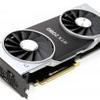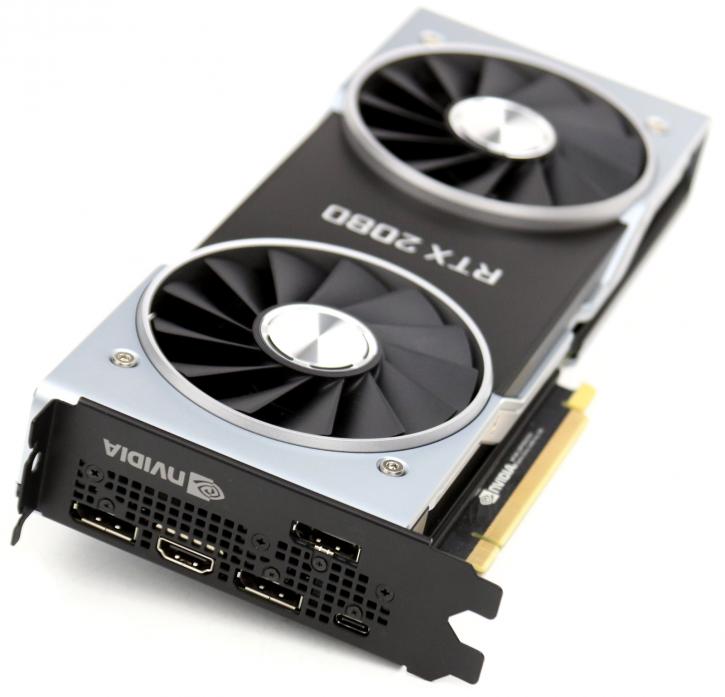Introduction
NVIDIA GeForce RTX 2080 reviewNot quite the 2080 Ti but definitely a match for the 1080 Ti
For our next review we take the GeForce RTX 2080 Founders (reference) edition for a 40-page spin. The little sister of the Ti model still packs some serious punch as it takes on the 1080 Ti anywhere and everywhere. Of course, the RTX 2080 will also have tensor and raytracing cores. Join us in a review of NVIDIA's GeForce RTX 2080.
We've already covered a lot of new technology as the Turing architecture of the new GPUs offers a fundamental change in the graphics card arena as, next to your normal shading engine, NVIDIA has added RT (Raytracing) cores, as well as Tensor (AI) cores into the new GPUs, and these are active. Is Turing the start of the next 20 years of gaming graphics? Well, that all depends on the actual adoption rate in the software houses, with the guys and girls that develop games. A dozen or so RTX games are in development and a dozen or so announced titles will make use of deep learning DLSS utilizing the Tensor cores. For the new RTX series, it's mostly about Raytracing though. So welcome to a long row of RTX reviews. We start off with the reference cards and will follow with the AIB cards as, for whatever reason, NVIDIA figured it to be an okay thing for them to launch everything at once. First a quick recap of what's tested in this article, a bit of architecture and then we'll dive into real-world testing of course. You'd better grab a drink as these reference articles are prone to be lengthy with all the information we are covering.
Starting November 20th of the year 2018 you will see two products become available, a GeForce RTX 2070 will follow later in October. The GeForce RTX 2080 then; this graphics card series will not have the full shader count and GPU as the 2080 Ti, in fact, it even has its own GPU called the TU104. This card will get 2944 shader processors (also referred to as Stream or Cuda cores) active based on that TU104 GPU running a base clock of 1515 MHz with Boost frequencies running upwards to 1800 MHz. The TU104 chip contains six GPCs, 48 SMs, and eight 32-bit memory controllers (256-bit total). Each SM includes 64 shader processors, 256 KB register file, 96 KB L1 data cache/shared memory cache, and four texture units. The full TU104 chip contains 13.6 Billion transistors and includes 3072 shader processors, 368 Tensor Cores, and 48 RT Cores. So yes, the RTX 2080 is cut down. One x8 NVLink link is activated providing 25 GB/sec of bandwidth in each direction (50 GB/sec total bandwidth). Keep in mind that the clocks and TDPs will be different here and there, AIB partners obviously have different factory tweaked products. The GDDR6 memory will get tied to a 256-bit bus, and depending on the clock frequency, we are looking at 448 GB/sec. It is a product that will start at 699 USD for the AIB partner products, and 799 for the Founders editions. This product will have a 225 Watt TDP. Will the 2080 rip a hole on that FPS ceiling? Well, let's find out and also show you a trick or two on Raytracing and DLSS, of course.


